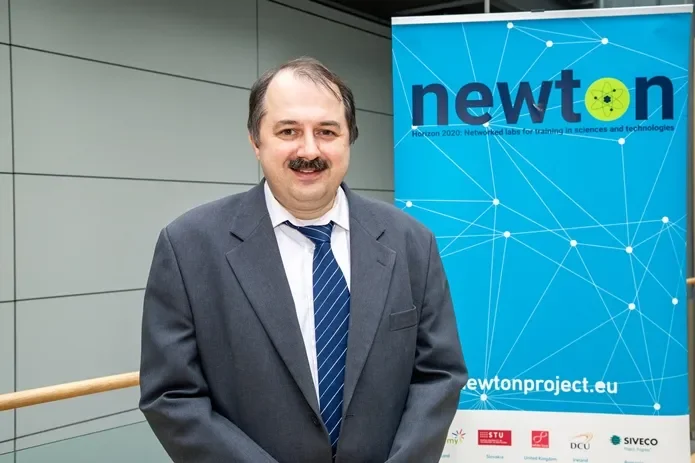

Smarter Streaming: DCU Professor Co-Authors Study on Adaptive Video Technology
Why does your streaming video sometimes look buttery-smooth and other times stutter or lose sharpness? New research co-authored by DCU’s Professor Gabriel-Miro Muntean takes a fresh look at this challenge and offers a smarter solution.
Published in IEEE Transactions on Circuits and Systems for Video Technology, the study introduces BAT-BC (Bilateral Adaptive Video Transmission with Bargaining-based Control), a novel framework that lets streaming servers and viewers’ devices “negotiate” the best frame rate in real time.
The problem: High Frame Rate (HFR) video, 60 frames per second (FPS) and beyond, makes sports, gaming, and action scenes look incredibly smooth. But higher frame rates don’t just mean more data; they also increase the computational load on both streaming servers and viewing devices. The team’s experiments showed that:
- The energy and delay overhead from encoding higher frame rates often outweighs the increase in network data traffic.
- In some scenarios, boosting frame rate even reduced total bitrate due to compression effects, but still taxed processing resources heavily.
The solution: BAT-BC applies a game-theoretic “bargaining” model so the video server and the viewer’s device can dynamically agree on the optimal frame rate, balancing visual quality with available processing power and network conditions.
Key advantages:
- Adapts in real time to the device’s computing capacity and scene complexity.
- Reduces dropped frames and smooths playback without overloading hardware.
- Works alongside existing adaptive bitrate (ABR) techniques.
Real-world results: Using a prototype streaming system, BAT-BC cut frame-drop events by 61% and improved subjective Quality of Experience (QoE) scores by 31% compared to a fixed-frame-rate approach.
This research points the way toward more resilient, energy-efficient video streaming, ensuring that whether you’re watching the World Cup or your favourite e-sport final, you get the smoothest possible view without the stutter.
Read the full paper: Bilateral Bargaining-based Adaptive Video Transmission: A Frame Rate Perspective, IEEE Transactions on Circuits and Systems for Video Technology here.
